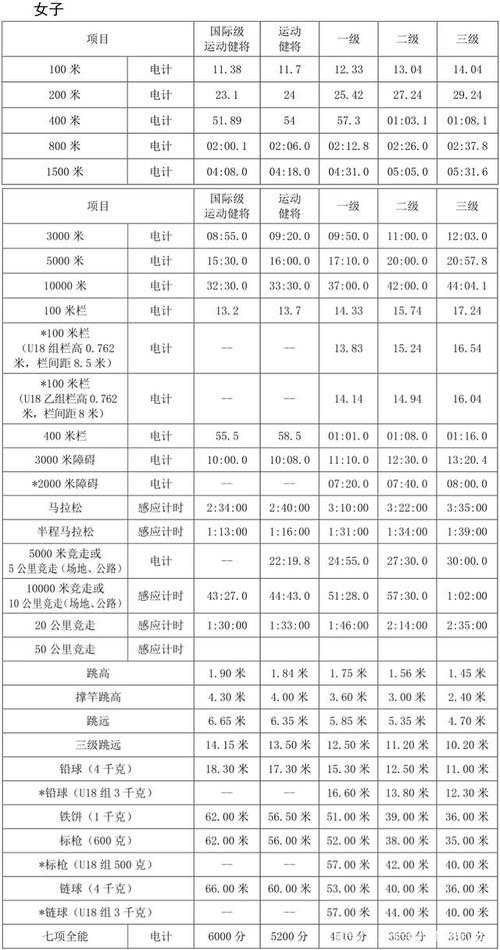Title: Understanding Sports Levels: How to Determine Skill Levels in Athletics
Sports enthusiasts often seek to understand and gauge their proficiency or the level of competition they are involved in. Whether you're an athlete, coach, or simply a fan wanting to assess talent, understanding sports levels is crucial. This guide will delve into the methods and criteria used to determine skill levels in athletics across various sports.
1. Understanding Sports Levels
Sports levels are hierarchical classifications that categorize athletes based on their skill, experience, and performance. These levels provide a framework for competition and help athletes set realistic goals for improvement.
2. Factors Affecting Sports Levels
Skill Proficiency:
The primary determinant of an athlete's level is their skill proficiency in the respective sport.
Experience:
Athletes with more experience tend to compete at higher levels.
Competition Results:
Performance in competitions often influences an athlete's level.
Training Intensity:
The intensity and quality of training can elevate an athlete's skill level.
Physical Attributes:
Factors like strength, speed, and agility contribute to an athlete's level of play.
Age Group:
Many sports have agespecific categories, as physical abilities can vary significantly across age groups.
3. Methods for Determining Sports Levels
a. Standardized Grading Systems
National Governing Bodies:
Many sports have national governing bodies that establish standardized grading systems. These systems often include levels such as beginner, intermediate, advanced, and elite.
Skill Assessments:
Athletes may undergo skill assessments or evaluations conducted by certified coaches or officials to determine their level.

b. Competition Performance
Tournament Results:
Performance in tournaments or competitions can indicate an athlete's level relative to their peers.
Rankings:
National or international rankings provide a clear indication of an athlete's standing within their sport.
c. Qualification Standards
Qualifying Times/Distances:
In sports like track and field or swimming, athletes must achieve specific times or distances to qualify for higherlevel competitions.
Qualifying Tournaments:
Some sports require athletes to compete in qualifying tournaments to advance to higher levels of competition.
d. Coach Evaluation
Coach Feedback:
Coaches play a crucial role in assessing an athlete's abilities and determining their appropriate level of competition.
Performance Reviews:
Regular performance reviews and feedback sessions help athletes understand their strengths and areas for improvement.
4. Guidelines for Athletes
Honest SelfAssessment:
Athletes should objectively assess their skills and experience to determine their appropriate level of competition.
Set Realistic Goals:
Setting achievable goals based on current skill levels can aid in progress and development.
Seek Feedback:
Regularly seek feedback from coaches, peers, and officials to identify areas for improvement.
Compete and Learn:
Participating in competitions at the appropriate level provides valuable experience and opportunities for growth.
5. Conclusion
Understanding sports levels is essential for athletes, coaches, and organizers alike. By comprehending the factors influencing sports levels and utilizing appropriate methods for assessment, individuals can accurately determine skill levels and set realistic goals for improvement. Whether aiming for recreational enjoyment or competitive success, navigating sports levels ensures a fulfilling athletic journey.
Would you like to delve deeper into any specific sport or aspect of sports levels? Let me know, and I can provide more detailed information!
